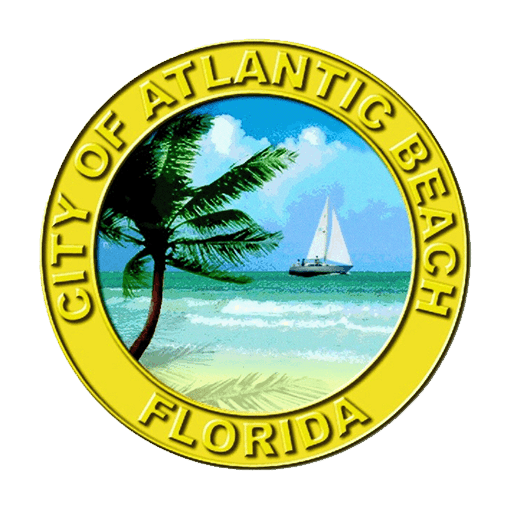
Atlantic Beach
Duval County, Florida
Cities should be actively engaged in developing adaptive resiliency and sustainability planning roadmaps. Local government must not be reticent in addressing these extremely urgent challenges. Through organizations like the American Flood Coalition and programs like the U.S. Green Building Council’s LEED for Cities, we can work together to transform the future of our community, state and nation by ensuring a future that is more equitable, sustainable, and resilient.
The City of Atlantic Beach (est. pop. 13,608) is a coastal community of small-charm charm, unique history, an extensive park system, and active and healthy lifestyles. Primarily a quiet residential haven whose citizens relish in an enviable quality of life and whose visitors enjoy vacations of a lifetime, Atlantic Beach is Duval County’s northernmost seaside municipality.
Nestled between the Atlantic Ocean (to the east), the Intracoastal Waterway (to the west) and Hanna Park (to the north), Atlantic Beach is part of the Jacksonville Beaches, a community of three towns – each with distinctive personalities – on an unnamed barrier island. About 3.5 miles of Atlantic Beach’s 13 square miles is land area; the remaining 9.5 square miles consists of wetland and water. An arts-and-culture hub and recreationist’s oasis, Atlantic Beach has 18 beach accesses plus 16 parks featuring trails, wildlife viewing areas, camping and fishing amenities, kayak launches, and athletic and picnicking facilities.
Founded as a small seaside community in the late 1800s by Henry Flagler, Atlantic Beach is believed by many historians to have served as the first year-round Native American settlement in North America. Atlantic Beach came to life when Flagler extended his Florida East Coast Railway; the city incorporated in 1926 and went through various phases of developing resulting in the attractive community that exists today.


